🎨 Introduction: Claude Monet, the soul of impressionism
Who was Claude Monet really? Behind the reflections of water and the light brushstrokes lies a genius painter, a man passionate about nature, fleeting emotions, color games, and the vibrations of the world. Monet did not simply paint landscapes: he painted the gaze we have upon them, the passing moment, the evolving light.
His work, both free and controlled, sensory and thoughtful, has shaken the history of art. A precursor of impressionism, he managed to invent a new visual language, closer to sensations than to frozen forms. Each painting then becomes an open window onto a suspended moment.
Even today, Monet's paintings decorate museums, elegant interiors, and the hearts of art lovers. They invite contemplation, calm, and escape. Discovering who Claude Monet was means understanding why his paintings continue to illuminate our spaces and our lives.
🌿 A childhood bathed in light: Monet's beginnings
Claude Monet was born in 1840 in Le Havre, a port city where the salty air mingles with the changing mists of the English Channel. From an early age, he became passionate about drawing. But it is not the frozen portraits that attract him: what he loves are the moving skies, the running clouds, the shimmering sea, the light dancing on the water.
At just fifteen, he sells his first caricatures, but it is thanks to Eugène Boudin, a Norman painter, that he discovers plein air painting. This revelation changes his life. He understands that the true studio of the painter is nature itself. Through the cliffs of Étretat, the white sails on the sea, the shadows on the sand, Monet learns to observe. He develops a precise, almost musical gaze on natural variations.
This intimate contact with the marine landscape and the Northern light will shape his art forever. It is there, in the Havre, that his obsession with the present moment, the ephemeral, the fleeting is born — elements that will become the very signature of his painting.
🌅 The founding moment: Impression, sunrise
We are in 1872, at dawn, in the port of Le Havre. Claude Monet sets up his easel facing the water, where the mist still floats lightly over the sleeping waves. In a few hours, he paints a simple, almost silent scene: an orange sun piercing the gray-blue veil, two boats gliding gently, the moiré reflections of a dawning day. He titles this work: Impression, sunrise.
This painting, presented in 1874 at the first exhibition of the "refused" with his painter friends, unleashed criticism. A journalist mocks the title and speaks of "unfinished tapestry": unwittingly, he gives birth to the term impressionism, meant to designate an entire artistic movement breaking away from academic rules.
But beyond the provocation, this canvas is a statement of intent. Monet no longer wants to copy reality; he wants to capture the fleeting brilliance, the raw sensation, the immediate emotion. With this work, he signs the birth of a new way of painting — freer, more sensitive, more alive.
Impression, Sunrise has become a manifesto. A turning point in the history of art. And for Monet, the beginning of a pictorial quest where every moment becomes a subject, every light an invitation to create.
🌾 Claude Monet and the quest for the natural
Refusing the rigid constraints of the academy, Claude Monet engages in a profoundly free approach, focused on nature and its infinite variations. He does not observe the world from a closed studio: he goes out, walks, absorbs the wind, the light, the seasons. His easel becomes a traveling companion, set by the edge of a pond, on a bank, facing a cathedral, over the hours and changes of sky.
This practice, still rare at the time, is part of the plein air painting movement, inherited from pioneers like Boudin or Corot. But Monet goes further. He does not just seek to reproduce a landscape: he captures the vibration, the atmosphere, the breath of time.
To achieve this, he refines his technique: juxtaposed touches of color, applied quickly but with great accuracy, that allow the canvas to breathe. No sharp outlines, no narration. Just the gaze, pure, direct, moved.
For Monet, painting nature is painting life. And it is in this quest for the natural, free from artifice, that he becomes a poet of the visible.
🌸 Giverny: a garden, a refuge, an endless source of inspiration
In 1883, Claude Monet discovers a small village with discreet charm: Giverny. He rents a modest house with a vast garden, which he will buy a few years later. This place, which he will patiently shape, will become his earthly paradise, his living studio, his greatest work of art.
Monet does not just paint the garden: he creates it. He plants hundreds of floral species, designs the paths, masters the blooms. Later, he has a pond dug, grows water lilies in it, and then builds a Japanese bridge inspired by the prints he collects.
Each element is designed to capture the light, the reflections, the color. The garden becomes a natural theater where Monet composes without a brush, preparing the stage for his future masterpieces. It is no longer nature that he represents: it is the nature that he orchestrates.
Giverny thus becomes his refuge from the world, but also his laboratory of light. He paints hundreds of canvases there, tirelessly exploring the metamorphoses of water, sky, and vegetation. His garden is not a backdrop: it is an inexhaustible source of inspiration, an intimate world that flourishes on the canvas.
💧 The Water Lilies: obsession and ultimate masterpiece
At the end of his life, Claude Monet devotes almost all his energy to a single subject: the water lilies of his pond in Giverny. What was initially just a decorative motif among others gradually becomes an obsession, a pictorial meditation, a world-work.
Monet peint les nymphéas à toute heure du jour, sous toutes les lumières, en toutes saisons. Mais il ne cherche plus à représenter un lieu : il cherche à exprimer une sensation. Ses toiles deviennent de plus en plus grandes, son cadrage se resserre, l’horizon disparaît. Il n’y a plus de terre, plus de ciel — seulement l’eau, ses reflets, les fleurs flottantes et la lumière qui s’y perd.
The highlight of this research is undoubtedly the monumental cycle of the Grandes Décorations, offered to the French State in 1922 and installed at the Orangerie of the Tuileries. Eight giant panels, arranged in an ellipse, immerse the viewer in total immersion. It is a space for contemplation, silence, almost sacred.
With the Water Lilies, Monet reaches a form of sublime simplicity. He no longer paints the world, he paints its essence. And through his vibrant strokes, he invites us to feel — deeply — the fragile beauty of the moment.
🎨 A style in constant evolution
If Claude Monet is today recognized as the father of Impressionism, his art has never been static. On the contrary, throughout his life, he pursued a pictorial quest in perpetual motion. His touch, his palette, his visual approach evolve constantly, in line with his emotions, his travels, his questions.
In his early canvases, one recognizes a bright, fragmented touch that captures light in motion, with bold and contrasting colors. Gradually, his style softens, becoming more atmospheric. The contours fade, the forms dissolve in the light. There are no more sharp lines, but a global impression, almost musical, of what is seen.
In his later years, particularly in the series of Water Lilies, Monet approaches a form of quasi-abstraction. The masses of color blend, the references disappear, and the canvas becomes a floating, sensory, free space.
What we observe is not a fixed style, but a constant transformation. Monet does not seek to define a language, but to renew the gaze. He painted as one breathes: endlessly, without formula, with absolute fidelity to what he felt.
🔁 The series as pictorial language
Chez Claude Monet, la répétition n’est jamais redondance : elle est révélation. Très tôt, l’artiste comprend que pour capturer la richesse des phénomènes naturels, une seule toile ne suffit pas. C’est ainsi qu’il conçoit ses séries comme un véritable langage pictural. Chaque tableau devient une variation, une modulation autour d’un même thème, sous une lumière, une météo, un moment du jour différents.
He paints the Haystacks through the seasons, the Cathedrals of Rouen under the changing play of the Norman sun, the Poplars, and the Parliament of London drowned in fog. Each canvas isolates a unique vibration, an imperceptible nuance that only Monet's eye can detect.
This series work allows him to go beyond simple representation. He does not paint the object; he paints what the light does to it. The forms become pretexts for the study of reflections, colors, and atmospheres. This innovative approach foreshadows, in many ways, modern art and lyrical abstraction.
With his series, Monet invents a way of painting the passage of time, visual memory, and the poetry of the moment multiplied.
🌫️ The dramas and pains behind the light
Beneath the bright bursts and serene landscapes painted by Claude Monet lies a life marked by loss, pain, and doubt. While his paintings breathe beauty and peace, his existence was anything but a long, calm river.
Il perd successivement sa première épouse Camille, puis son fils Jean. Des deuils qui l’ébranlent profondément, mais qu’il transforme, sans jamais les nommer, en émotions picturales. La peinture devient alors un refuge silencieux, un exutoire pudique. À travers l’eau, les brumes et les ombres, c’est aussi sa mélancolie qu’il dépose sur la toile.
In his later years, Monet suffers from a cataract that disturbs his vision. He sees blurry, the colors blur, the contrasts fade away. And yet, he continues to paint. With fierce, almost stubborn determination, he plunges into abstraction, doubling his intuition to compensate for what his eyes can no longer perceive.
This light that he paints so tirelessly, he sought it also to illuminate his own darkness. And perhaps that is where the silent strength of his works lies: they speak as much to our senses as to our wounds.
🌟 An misunderstood genius who became immortal
During his lifetime, Claude Monet did not always experience recognition. Long mocked by critics, misunderstood by academic institutions, he was labeled a dreamer, a careless painter, an "ill eye" by some. His canvases, deemed too blurry, too free, too bold, struggled to find buyers. Yet, he never gave in. True to his intuition, he pursued his path, patiently, obstinately.
It is only in the last decades of his life that success finally arrives. His canvases sell, collectors fight for his Water Lilies, the State commissions him the Grand Decorations. Public recognition imposes itself, but Monet remains discreet, humble, withdrawn in his garden in Giverny.
Today, he is considered as one of the absolute pillars of the history of Western painting. His works are displayed in the greatest museums in the world, his landscapes decorate contemporary interiors, and his touches of color continue to fascinate.
Monet not only revolutionized painting — he changed the way we look at the world. Through his paintings, he taught us to see differently: more slowly, more attentively, more deeply. And thus, his art, born in misunderstanding, became immortal.
👥 Claude Monet seen by his contemporaries
Claude Monet n’était pas un solitaire. Il a grandi au cœur d’une génération de peintres brillants, audacieux, qui refusaient les règles rigides de l’art académique. Parmi eux : Renoir, Sisley, Bazille, Pissarro, Berthe Morisot ou encore Manet. Ensemble, ils exposent en marge des salons officiels, unis par une même envie de modernité, de vérité, de lumière.
In letters, diaries, and contemporary critiques, one can sense the admiration he inspired. Pissarro describes him as an "explorer of light"; Cézanne, though secretive and distant, saw in him an example of tenacity. Even the most skeptical eventually recognize his rigor, his vision, his fidelity to nature.
But Monet was also a reserved man, sometimes hard on himself, demanding of others. In his correspondence, he reveals his doubts, his fear of never achieving the right effect, his relentless quest for perfection. His friend Georges Clemenceau, a fervent defender of art and statesman, played a crucial role in promoting his work, even organizing the installation of the Water Lilies at the Orangerie after his death.
These testimonies paint the portrait of a deeply human man: both admired, respected, sometimes feared — but always regarded as a silent master of pictorial emotion.
✨ Why Monet still fascinates today
A century after his passing, Claude Monet continues to captivate the eye, move hearts, and inspire interiors. But why, at its core, does this fascination persist? Perhaps because his work touches on the essential: light, nature, the passage of time, the inhabited silence of landscapes.
Dans un monde agité, ses tableaux sont des havres de paix. Ils invitent à ralentir, à contempler, à ressentir. Un simple reflet sur l’eau devient une méditation. Un bouquet de nymphéas évoque une éternité suspendue. Ses toiles ne décrivent pas la nature : elles l’incarnent, avec une sensibilité rare.
Monet is also a modern painter, in the profound sense. He imposes nothing, tells nothing: he offers a visual experience, sensory, almost musical. Everyone can project their emotions, memories, dreams onto it.
And in our homes, his works naturally find their place. Whether in a minimalist living room, a bright bedroom, or an elegant office, a painting inspired by Monet becomes an aesthetic and emotional anchor point, a breath in the space.
It is this alliance between universal beauty and felt intimacy that makes Monet an artist who is still alive — and his paintings, silent companions of our daily lives.
🎁 Offering a reproduction of Monet: a gesture of art and elegance
Offering a painting inspired by Claude Monet is much more than just a decorative gift. It is to offer a fragment of poetry, a parcel of light, a suspended moment that transcends trends and eras. Whether it's for a birthday, a wedding, a departure, or simply a gesture of attention, a reproduction of Monet touches with delicacy and refinement.
At Alpha Reproduction, each work is made by hand, according to traditional techniques of oil painting on canvas. Our copyist artists, trained in the fine observation of material, recreate the unique vibration of Monet's universe: the light touches, the nuanced colors, the subtle light effects.
These paintings can be framed in a classic, Haussmannian style, or in a more contemporary version to perfectly integrate into your interior. They find their place in a bright living room, an inspiring office, a soothing bedroom. And for even more careful attention, we offer an elegant gift wrapping, with the possibility to add a personalized note.
Offering a reproduction of Monet is to convey a legacy of emotions, it is to share a vision of beauty. A rare, cultural, sincere gesture.
🕊️ Conclusion: Monet, a painter of light… and of the soul
Claude Monet never painted to seduce. He painted to see differently, to capture the fragile moment, to translate the whisper of the wind, the dance of a reflection, the silence of the end of the day. In each of his canvases, there is more than a landscape: there is a presence, an emotion, a trace of humanity.
His work, free from any dogma, still illuminates our way of looking at the world today. It reminds us that beauty is often in the fleeting, in the imperfect, in the movement. And that true art does not seek to impose, but to reveal — gently, deeply.
At Alpha Reproduction, we believe in this same vision. Reproducing a painting by Monet is to prolong a light, to offer an emotion, to bring art into everyday life with elegance and meaning.
🌿 Whether you are a lover of refined decoration, a painting enthusiast, or looking for a unique gift, let yourself be inspired by our collection dedicated to Claude Monet.
Each canvas is an invitation to contemplation, a tribute to light… and to the soul.
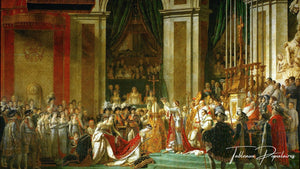
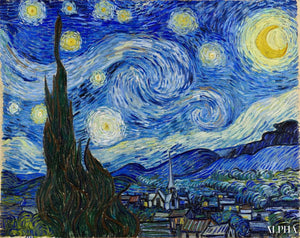
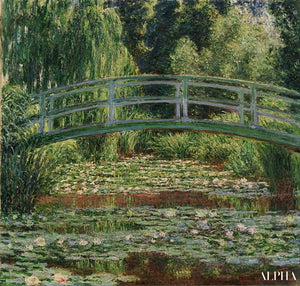
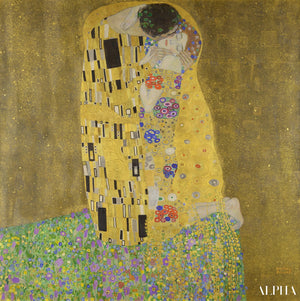
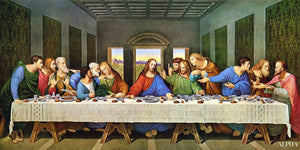
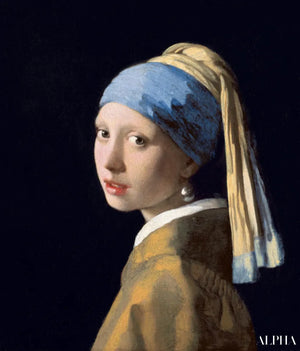
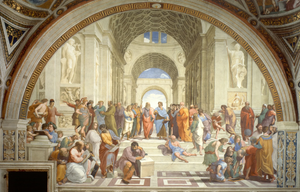
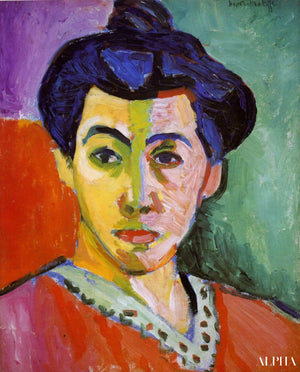
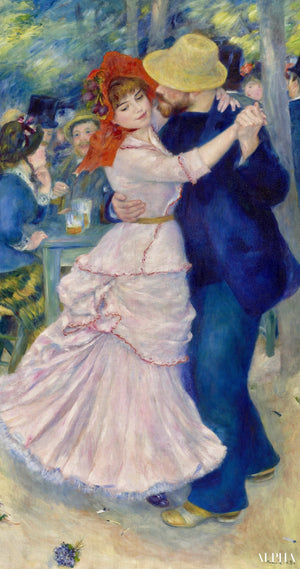


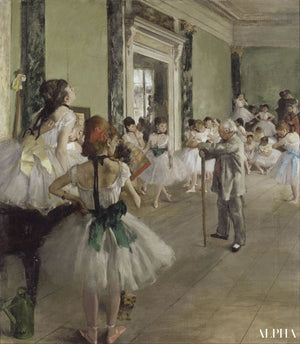
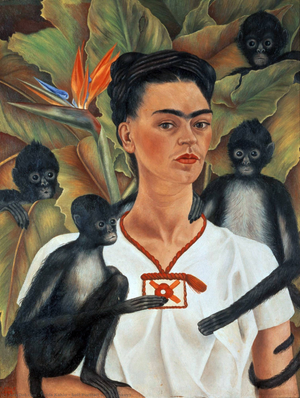
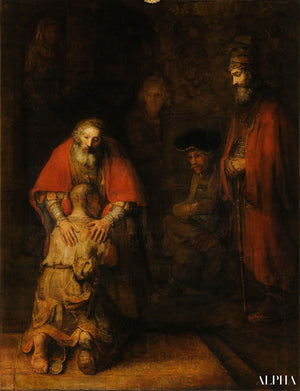

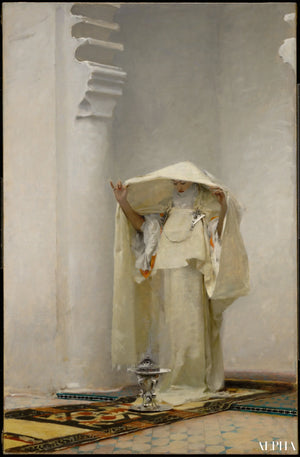
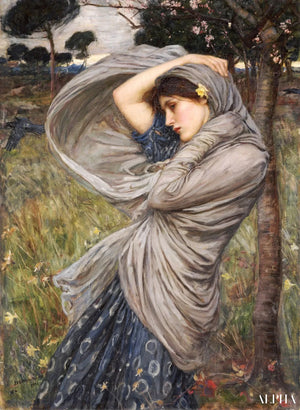

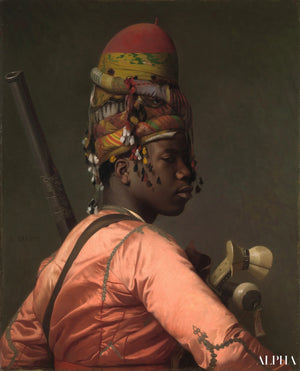





0 comments